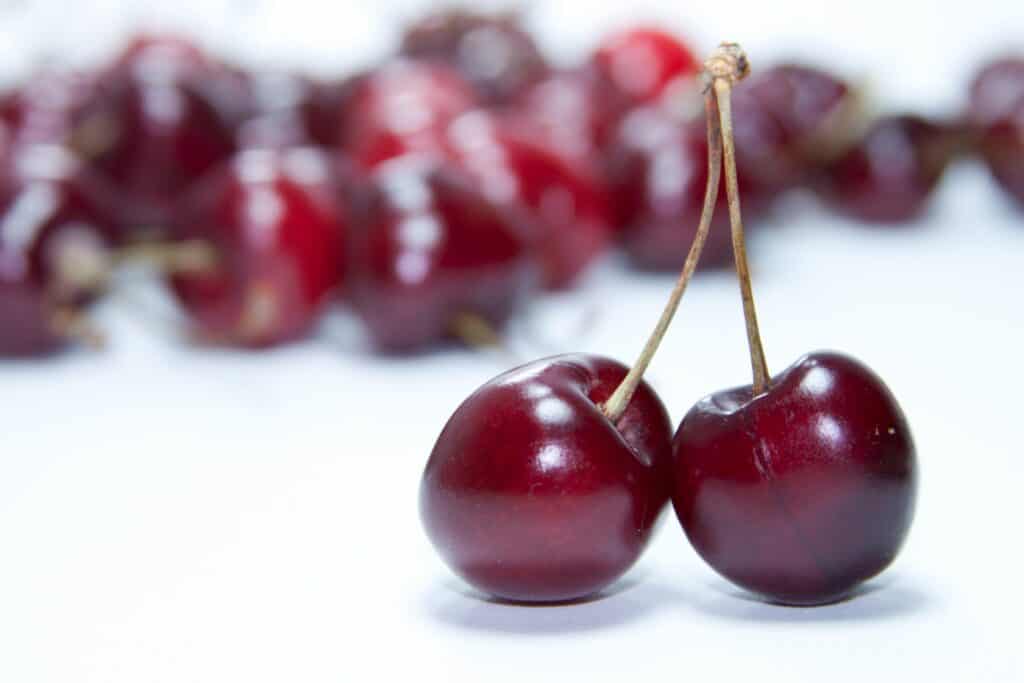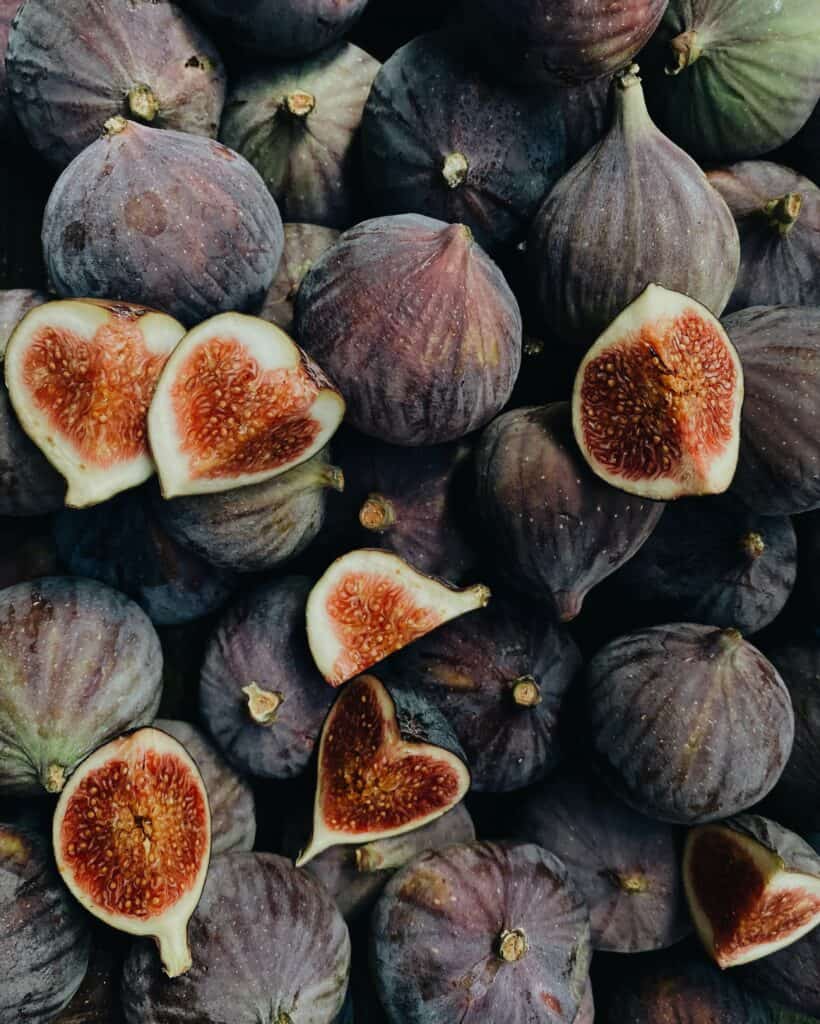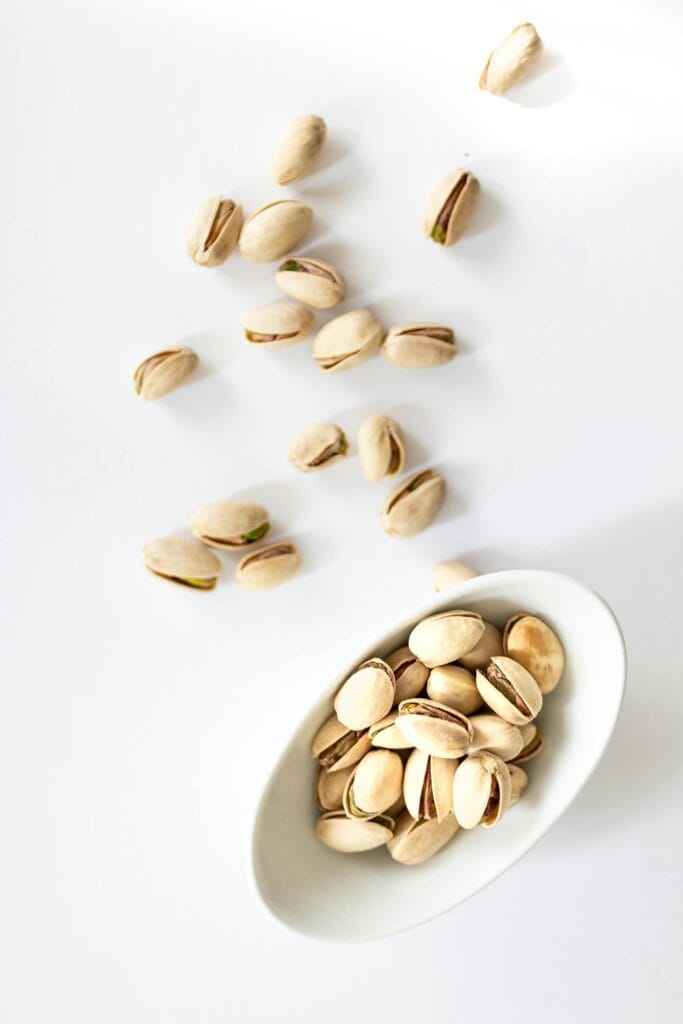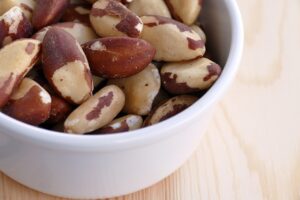Medieval Europeans would eat an array of fruits and nuts regularly as a large part of their diet. Each culture had its own unique set of specific fruits and nuts they preferred, with several similarities across the board. Since they would eat both nuts and fruits so consistently, historians consider them a large portion of food in medieval Europe.
Fruits As Food Of Medieval Europe
Peaches
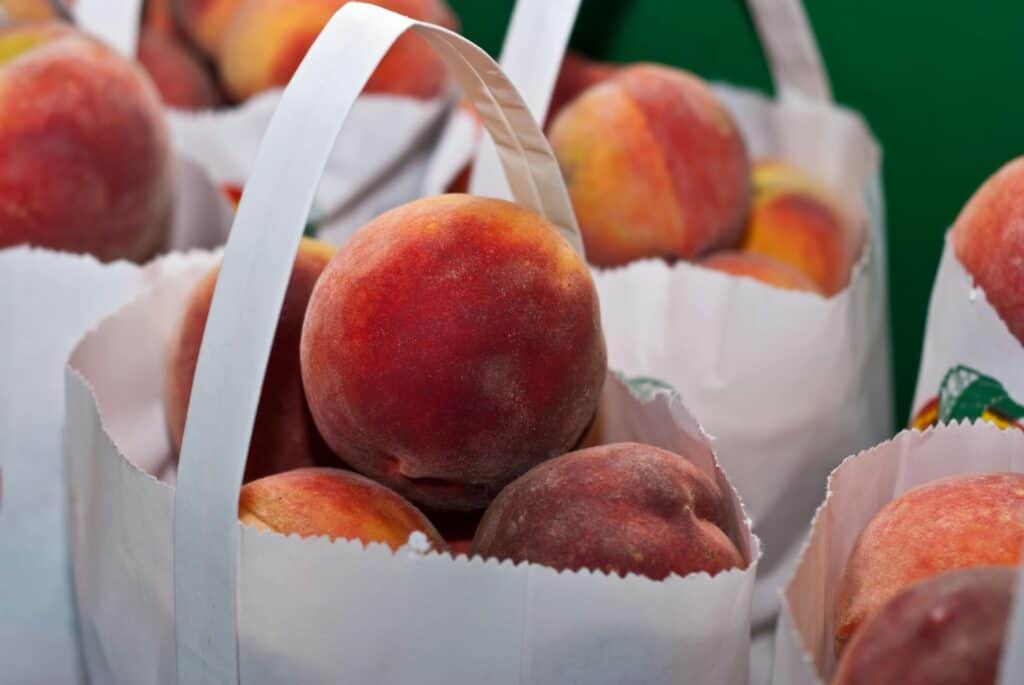
The name peach derives from the Latin word persica, meaning from Persia. Physicians warned that peaches can also corrupt within just as they so easily outside the body. This is why they recommended that they never be eaten at the close of a meal because the delay in the digestive process makes them prone to putrefaction.
Clearly, ignoring these admonitions, peaches were commonly eaten in the last course as dessert, and one way to serve them was cut in cubes and soaked in undiluted wine. Nectarines are merely a smooth-skinned variety of peach whose origin is unknown.
Apricots
The name apricot is a corruption of the Latin word praecox, meaning precocious or early, as these were the first fruits of the spring. Apricots were often dried or made into preserves or jam but could also be cooked with savory ingredients.
Plums
These were used much as they are today, in tarts, dried, or sometimes cooked with meats. Serious cultivation of plum varieties, along with many other fruits, began in late-seventeenth-century France.
Apples
It will probably seem strange to those of us who know “an apple a day keeps the doctor away” that early modern Europeans thought apples were very unhealthy. This may even be why early translators of the Bible identified the forbidden fruit of the Garden of Eden with the apple. Physicians usually recommend that they be baked, and if eaten raw, tart apples should always come at the end of a meal and sweet ones at the start.
They were afraid that a sweet fruit at the end of a meal would float at the top of the stomach and putrefy before other foods could be available. Although grafting, attaching a sprig of an edible properly digested. Their fear may have had a lot to do with the quality. Most apples were not the beautifully uniform varieties we have come to the specimen to another rootstock, had been perfected in classical times, expect. Most were probably misshapen, sour, and best used to make improved varieties, which did become a preoccupation of fruit growers, and hard cider, a typical drink in western England and Normandy.
Growing with the publication of several classics in the science of pomology, the latest techniques for selectively breeding improved apple strains were Porta’s Pomarium and Charles Estienne’s Seminarium set, and the trend spread throughout Europe. In the sixteenth century, Giambattista della which would continue in the next century, culminating in Charles Cot-ton’s The Planter’s Manual, John Evelyn’s Pomona and finally Jean de La Quintinie’s Instruction pour les jardins fruitiers et potagers. New varieties of apples were also sometimes named for their creators or for famous people, such as the Newton Pippin, named to commemorate Sir Isaac Newton’s discovery of the laws of universal gravitation.
Pears
Considered cold, moist, and challenging to digest, pears were generally not recommended by physicians. English schoolmaster Thomas Cogan contends, “That peares may not hurt thee, take out the cores, pare them, and salute them, and cast them out of doors.”
Cherries
Though we consider cherry pie particularly American, there are recipes for it in most early modern cookbooks. Cherries themselves were considered an exceptionally luxurious and erotic fruit, and luscious lips were frequently compared to them.
Oranges
Oranges were greatly esteemed and grown in specially built orangeries. Physicians even recommended orange juice in the morning, much as we do, to prevent kidney stones. As Joseph Duchesne claimed, “They are among the most beautiful fruits, and the most useful, and the juice of them is used commonly on all the best tables.” He also claimed that orange juice comforts the heart and stomach when taken in the morning, and being acidic, it dissolves kidney stones. The most common orange was the rather tart and bitter Seville variety, better used in cooking than eating. The sweet orange, introduced from Asia, did not appear in Europe until 1529. A typical salad consisted of sliced oranges, peel and all, with sugar or salt cast over them, and sometimes onions and capers as well.
Limes and Grapefruits
Both lime and grapefruit were foreign to Europe, with limes originating in southeast Asia and grapefruits from the Caribbean. Sailors recommended limes for ongoing voyages to prevent scurvy in the early sixteenth century. British sailors, or “limeys,” would consume them regularly. James Lind was a scientist of that time who showed how effective they were at preventing the disease. Grapefruits, probably a mutated form of the pomelo introduced into Barbados from southeast Asia, were practically unknown to Europeans until the end of the eighteenth century. Because of their healing capability, historians consider them a significant food of medieval Europe.
Pineapples
Native to the New World, the fruit was not enthusiastically embraced by Europeans, probably because they are difficult to ship and can only be grown in tropical climates. Europeans do not know what to do with pineapple cither. The very name in to-glish suggests hones that yield pine thought they were. They vaguely resemble the cones that produce pine nuts. Charles II was depicted in 1670 with the first one grown in England, but not until the 16th century did it appear in a recipe book. By that time, the excitement over pineapples mounted steadily and carved wooden ones were even featured on houses as a symbol of hospitality.
Figs
Italy, Greece, Portugal, and Spain all would consume figs on a regular basis. Society recognizes figs for the array of health benefits they can provide. They are full of antioxidants as well as vitamins A and K. These have been shown to lower the risk for many diseases and increase longevity. In modern times, many consume dried figs for the same benefits.
Dates
Europeans consider dates to be the sweetest fruit naturally available to them. They would value dates highly due to scarcity and high expense. There is nowhere in Europe where they will consistently bear fruit. Physicians warned that excessive consumption of dates can rot the teeth, which is true.
Currants and Gooseberries
Although relatively rare in the United States, currants and gooseberries have always been common in Europe. They would use currants to make tiny tart red fruits. This was a medicinal syrup. They would also put this in salads and soups. In some countries, they call raisins “zante currants”. Both currants and gooseberries are also excellent in jams.
Raspberries and Blackberries
Northern Europe would use raspberries and blackberries the exact same way we use them today. They would eat them fresh or put them in preserves. They would also make them into electuaries, confections, and syrups for medicinal purposes.
Nuts As Food Of Medieval Europe
Almonds
Almonds were imported and relatively expensive for most Europeans. They were used in cooking in Europe in much the same way that they were among Arab peoples. In the sixteenth century, they were still being used to make almond milk, which was a thick liquid strained from the ground and soaked almonds. It could replace regular milk in Lenten dishes. This procedure gradually went out of fashion in later centuries. Almonds were also ground with sugar into almond paste or marzipan, which made its way into dozens of confections as well as savory dishes and could be molded into shapes. Green immature almonds were also a delicacy during spring in places where they grew.
Chestnuts
France, Italy, and Spain viewed chestnuts as an essential food, especially in the mountainous regions. Society would associate them with poverty, and physicians would consider them difficult to digest. Nonetheless, people of all social classes consumed them roasted in a perforated pan or under the coals, boiled, candied, or in the form of a chestnut purée. You could bake chestnuts into bread as well. A thriving trade also existed, transporting chestnuts from southern Europe to northern ports.
Walnuts
Medieval Europe also found great popularity in walnuts. They would use the nuts in pies, salads, mixes, and even cheeses. Scientists recognize walnuts for having a high amino acid profile with several health benefits.
Hazelnuts
Hazelnuts and filberts are very closely related species, the former American and the latter Eurasian. Society named filberts after St. Philbert, whose feast day falls on August 22. They made the feast day at that time because that is when the nuts are ripe.
Pine Nuts
Europeans have always used pine nuts in many types of cuisine. Pine trees produce pine cones, and the seeds inside are pine nuts. You can grind pine nuts into sauces and even milky soups such as the white gazpacho of Spain. You can also bake them into cookies and use them as a garnish for essentially any dish. Southern European culture loves them for their sweet and savory flavor. Many also believed pine nuts increase sperm production. They would recommend pine nuts for couples hoping to have children. Many view this as a fertility food of medieval Europe.
Pistachios
Pistachios were an imported luxury item and relatively unknown except for those who could afford them. The height of their popularity as a cooking ingredient was during the seventeenth century in Italy. Bartolomeo Stefani, for example, wrote 1662 uses for them. He would pound them in sauces as a garnish and in an exciting cauliflower dish he made using nutmeg, egg yolks, lemon, and crushed pistachios.
Peanuts
Peanuts are a South American plant probably originating in Peru and are technically not a nut but an underground legume. The Spanish and Portuguese brought them in, most notably to Africa and Asia. They thrived in both places. Peanuts never seemed to catch on in Europe, though. They came from Africa and then arrived in North America, where they once more gained momentum.
Blog Assisted By rzwilliams.com

